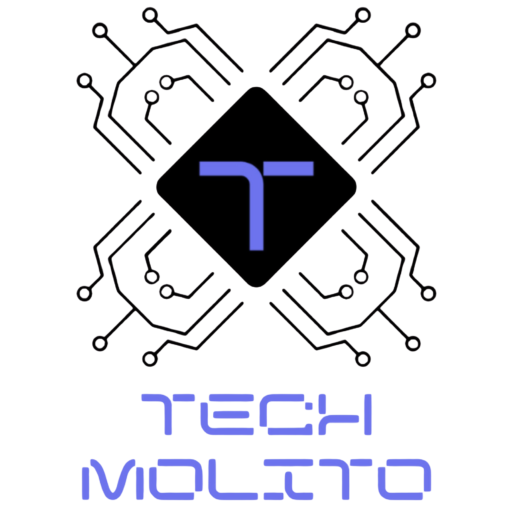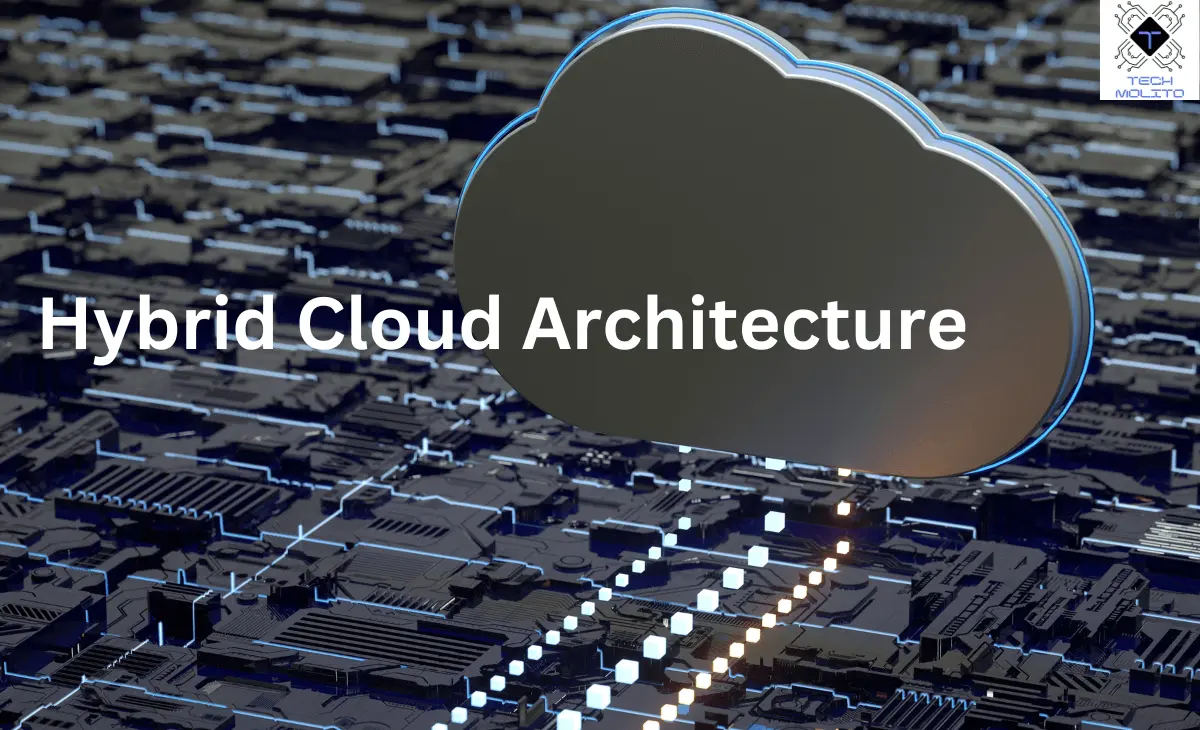Cloud use is changing how firms work. But not all clouds are the same. If you’ve heard about hybrid cloud, you may ask what it is and how it helps your firm. Simply put, a hybrid cloud architecture is like having both a private room and renting extra space when you need it. It gives firms both flexibility and security when storing their data.
In this guide, we’ll explain what a hybrid cloud architecture is, how it works, why it’s so helpful, and how it solves key problems firms face today. As businesses adopt hybrid cloud solutions to enhance data management and flexibility, emerging technologies like autonomous drones are also transforming industries. Discover how these innovative drones are making an impact in our article on What Are Autonomous Drones.
Why Old IT Systems Don’t Work Well
Running all tasks on in-house servers known as on-premise systems is like owning a big warehouse. This setup gives you full control but comes with high costs. You need to buy the building, keep it up, and pay to keep it running. If your firm grows, you’ll need more space, and that adds to the expense.
Many firms still use these old systems, and while it works for some, it’s not a smart choice for today’s needs. Some of the main issues include high costs of keeping servers, which can take a big chunk out of your budget. Limited growth is another worry since scaling up can take months if your firm grows fast. There are also security risks since you are in charge of keeping all data safe from hackers.
The Flaws of Public Cloud
On the flip side, public cloud services are like renting space in a huge storage unit run by someone else. You only pay for what you use, and you don’t have to worry about upkeep. Big firms like Amazon Web Services (AWS) or Google Cloud offer public clouds.
But there’s a catch: you share space with others. While the price is low, you have less say in security. For firms with sensitive data, this could be a deal-breaker.
The Hybrid Cloud Architecture Fix
So, what if you could mix the two? That’s where hybrid clouds come in. Think of it like having your own private room at home for things of value while renting space in a public unit for other stuff. You get the control and safety of your private space but can expand fast when you need to.
Hybrid cloud links your private servers with public cloud services, letting you switch between them based on need.

How Hybrid Cloud Works
A hybrid cloud works like two types of storage linked together. You choose what goes where. Sensitive data stays in your private cloud while less sensitive data goes to the public cloud. The private cloud is under your control and is best for safe key data.
The public cloud is rented from a cloud provider and is great for tasks that need room to grow. Connection between the two is made through APIs or private networks, which let data move between the two systems smoothly.
Perks of Hybrid Cloud Architecture
Why should firms care about hybrid clouds? Here’s why it’s a big deal:
Growth Potential
Imagine running a shop and suddenly getting a flood of buyers. With the hybrid cloud, you can rent more space (in the public cloud) fast to meet demand, without needing to grow your physical shop (your private cloud). It’s quick and saves money.
Cost Savings
By keeping key data in-house, you don’t overspend on public cloud services. At the same time, you only pay for extra space when you need it.
Security and Rules
Some fields, like health or banking, have strict rules on how data is stored and kept safe. With a hybrid cloud architecture, firms can keep key data in the private cloud to meet rules while still using the public cloud for less risky tasks.
Backup and Recovery
Picture this: a fire hits your main office, damaging your private servers. With hybrid cloud, you can quickly move tasks to the public cloud, so your firm stays up and running.
Main Parts of a Hybrid Cloud System
A hybrid cloud setup isn’t just about moving data between two places. There are key parts that make it a great tool for firms. Automation is one of these parts as many hybrid systems use auto tools to choose which cloud should handle certain tasks so firms don’t have to manage this by hand.
Load balancing is another key part where tasks are split between the private and public clouds to ensure neither system gets too busy. Data protection is also key as firms can add extra steps to keep data safe while it moves between clouds.
Problems with Running a Hybrid Cloud
Like any system, a hybrid cloud has some issues. Imagine trying to manage both your home and rented storage; it takes work to keep things neat. One common issue is linking the two systems, which can be hard. Firms need to make sure their private cloud works well with their public cloud provider.
Data handling is another worry as deciding which data stays in the private cloud and what goes to the public cloud needs smart planning. Security is also key since while the private cloud is safe, firms need to make sure that data moving between the two spaces stays protected.
Tips for Using Hybrid Cloud
Firms looking to use hybrid cloud well can follow these tips. First, focus on security by keeping key data in the private cloud and using safety steps like encryption to guard data in motion. Second, watch how both the private and public clouds are running often to make sure they work well.
Using automation is also a smart choice since automating tasks can cut the workload and help keep things running smooth. Cut costs by using the public cloud for short-term or growing tasks to avoid wasting money on resources.
FAQs
1. What is a hybrid cloud?
Hybrid cloud combines a firm’s private cloud with public cloud services. It lets firms store key data safely while using the public cloud for other tasks.
2. Why is hybrid cloud useful for firms?
Hybrid cloud gives a mix of safety, flexibility, and cost savings. Firms can keep key data safe while using the public cloud to grow when needed.
3. How does hybrid cloud keep data safe?
Key data stays in the private cloud, while less risky data goes to the public cloud. Safety steps, like encryption, protect data moving between the two.
4. Is setting up a hybrid cloud system hard?
Setting up hybrid cloud needs planning, but it brings long-term perks, like saving money and keeping data safe.
Conclusion
Hybrid cloud offers a flexible, safe, and smart fix for firms. It lets you grow with the public cloud while keeping key data safe in the private cloud. While managing a hybrid system can be tough, the perks often make it worth it.
As more firms move tasks to the cloud, hybrid cloud use will grow. For firms needing flexibility, safety, and control over their IT, this could be the perfect choice.





